
How much energy does a
100 W bulb use in 20 seconds?
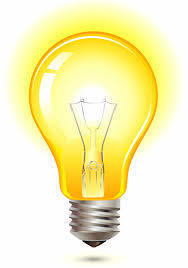
The same bulb is left on for 1 hour, how much energy does it use?

What is the power of an electric fire that transfers 10,000 J of energy in 5 seconds?
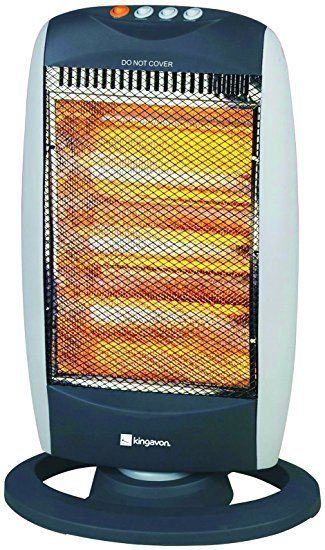
A 1,500 W hair dryer is used for 5 hours in 1 week.
How many units of electricity has it used and how much has it cost to use?
(1 unit costs 9.4p)
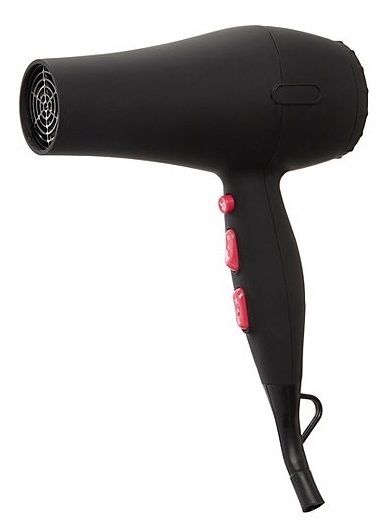
A 2.2 kW dishwasher washes the dishes in 60 minutes.
How many KWh of electricity has it used and much does it cost per wash?
(1 unit costs 14p)
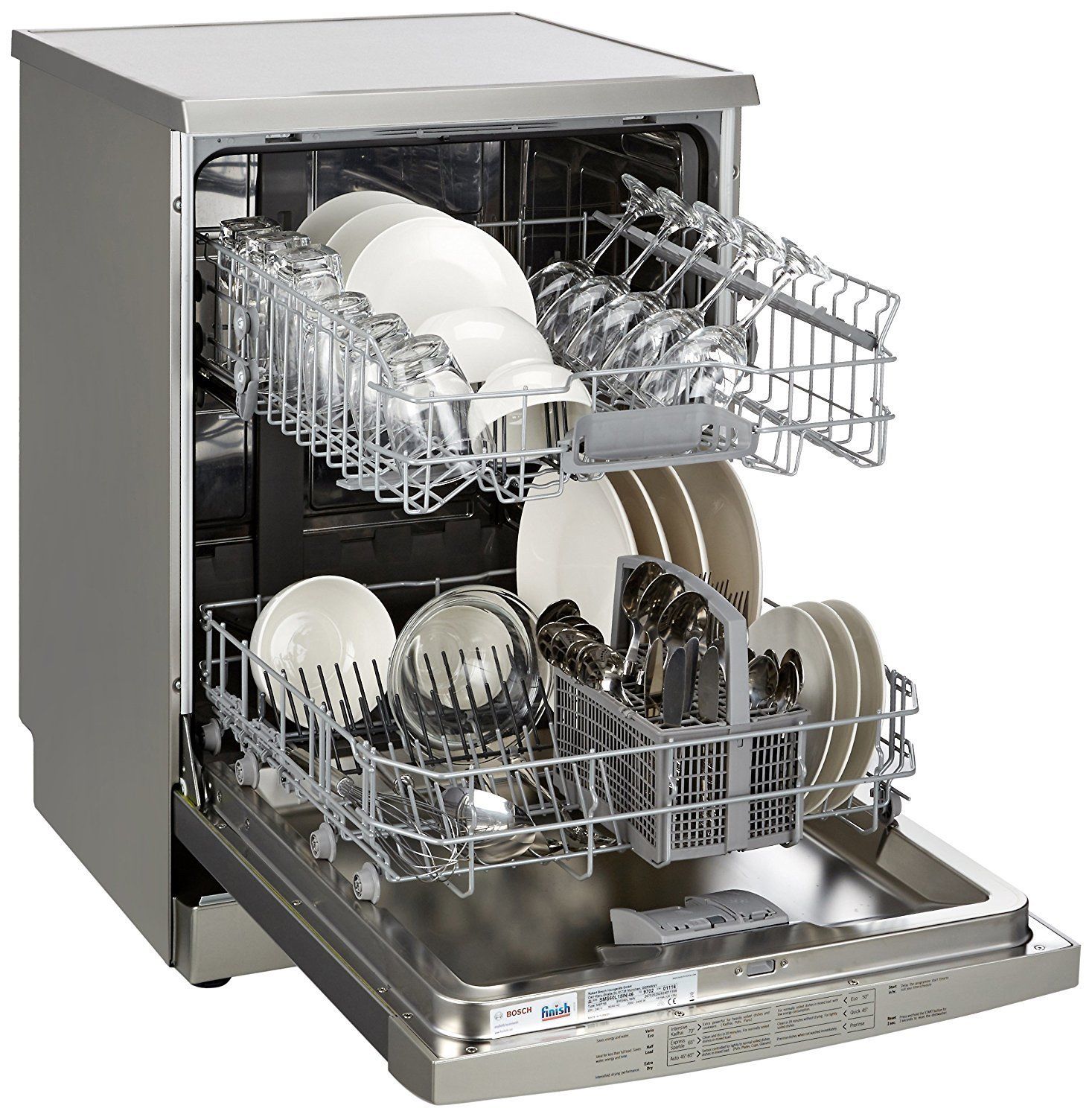
An alternating current (a.c.) is one that continuously __________ direction.
Mains electricity is an a.c. supply.
The UK mains supply is about _____V and
has a frequency of _____Hz.
A direct current (d.c.) has a ____________ direction.
Cells and _________________
provide a d.c. power supply.
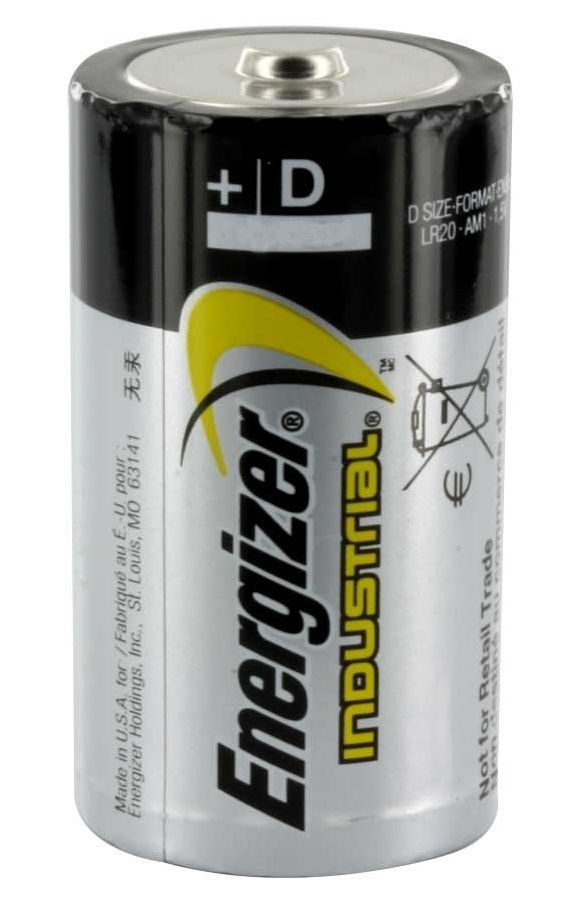
The ______ in a fuse is very thin. If too large a ____________ flows due to a fault in
the device, the wire becomes hot and melts which breaks the ______________.
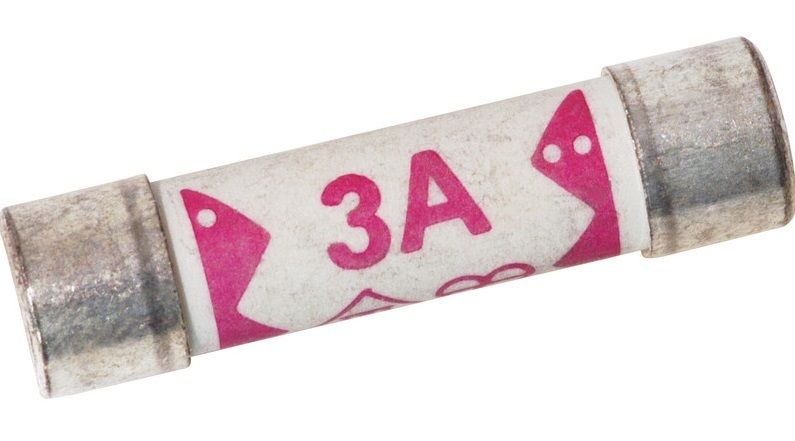
Circuit Breakers automatically break a circuit when they detect the current reaches dangerous levels.
Give 2 advantages of circuit breakers over fuses.
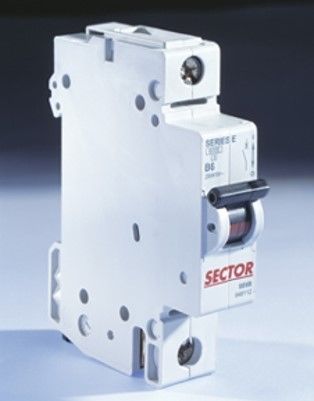
Calculate the current used by an 850 W toaster running on 230V UK mains electricity.
Which fuse would you choose to protect the toaster? Choose from a 3A, 5A and 13A fuse.
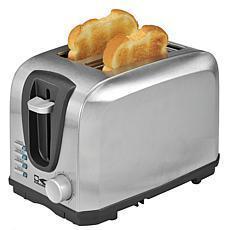
Two wires supply our homes with electricity.
1. The ___________ (brown), carries the current to the house at a _______ voltage.
2. The neutral (_______), completes the circuit by carrying the current ________ at low / zero voltage.
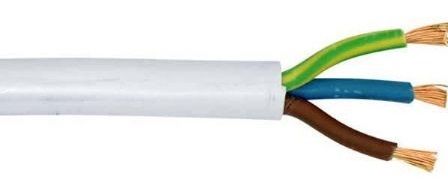
There is one more wire in the home:
3. __________ (yellow and green) – is a ____________ wire which can carry current safely into the __________ if a fault develops in a metal framed appliance.

Describe the advantages of
using a ring circuit in a house.
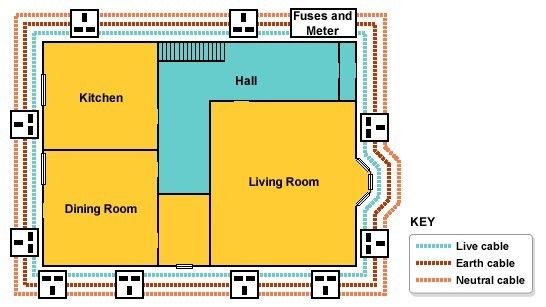

 Hide known cards
Hide known cards

